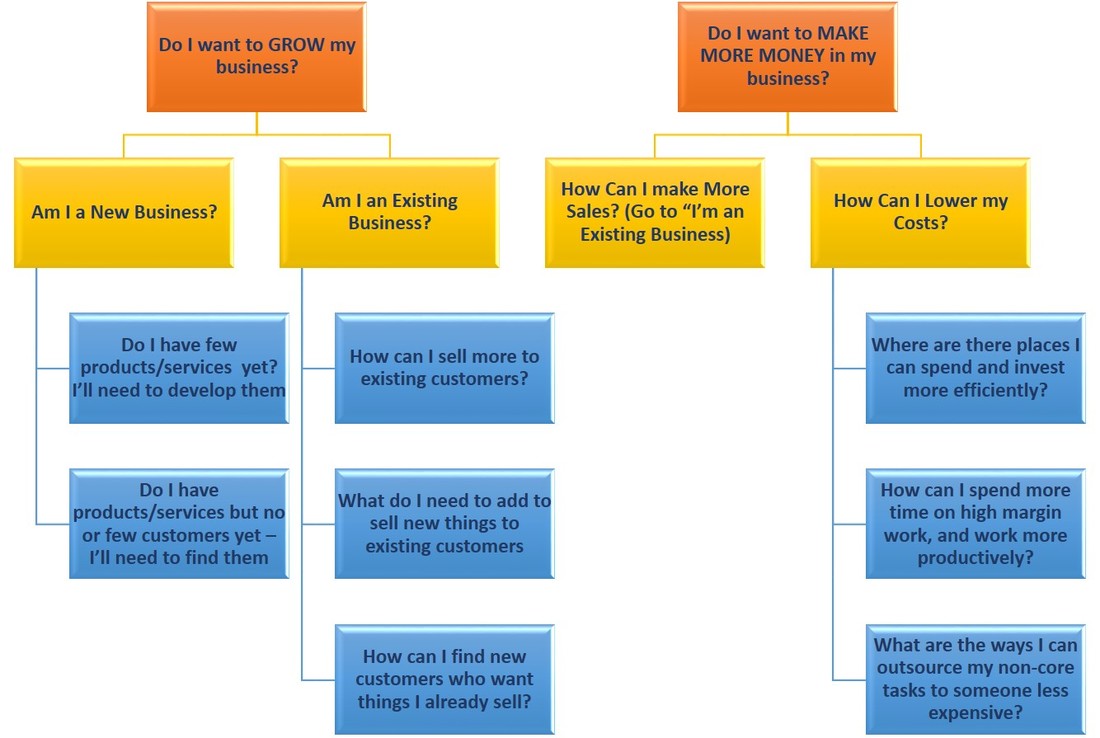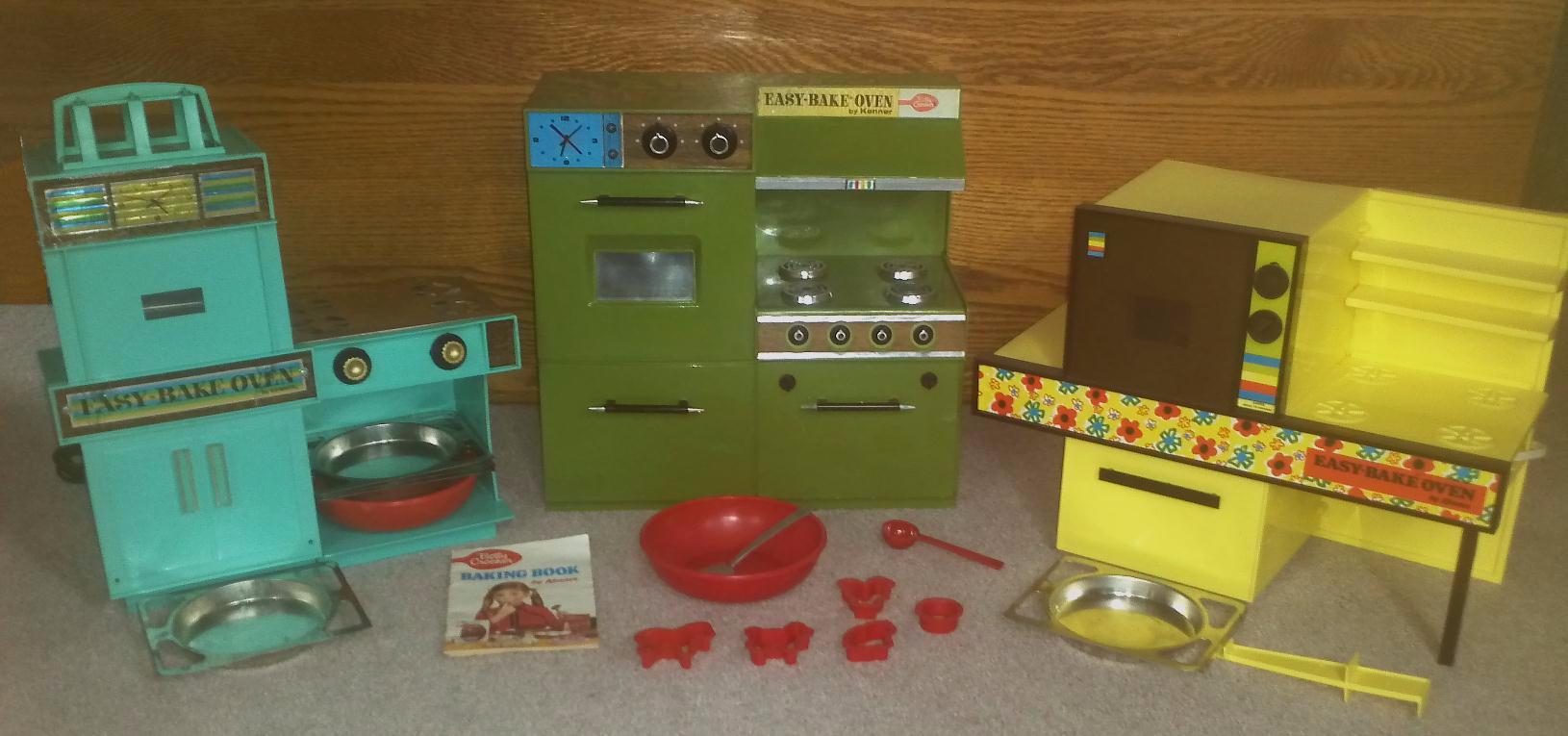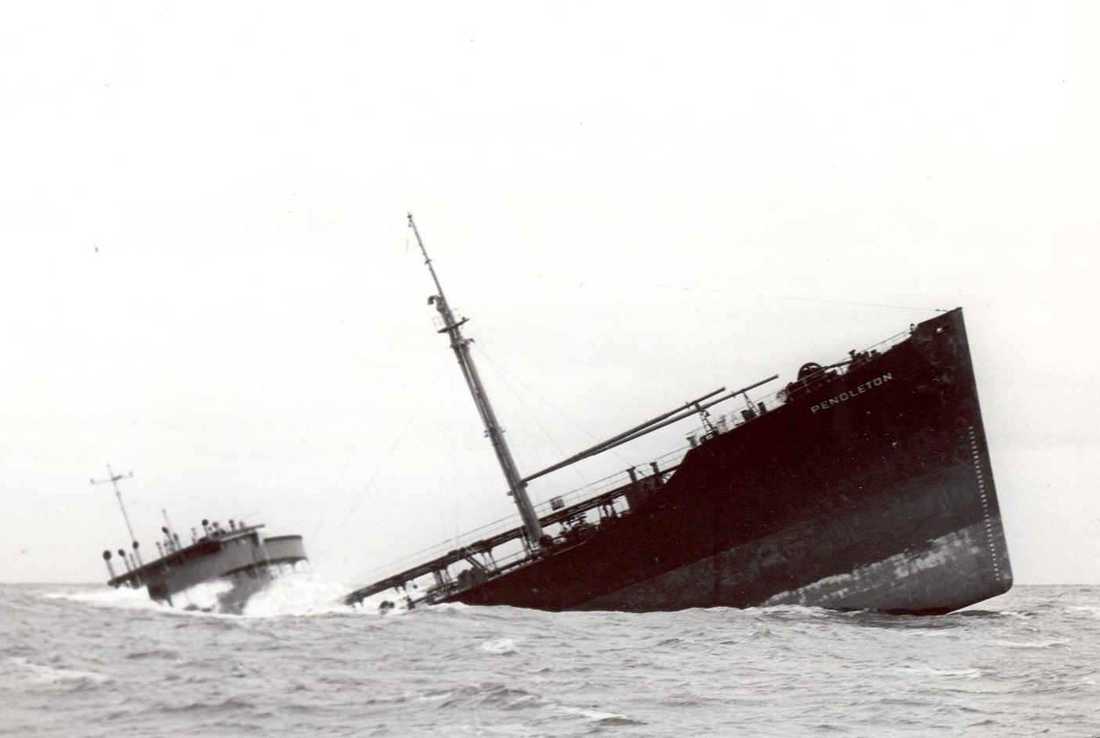Of course, the next step is a bit trickier: you also need to have the wherewithal to solve the problem. If you’re not a baker, or an environmental scientist, or handy with tools and building materials, none of our examples are going to be a fit for you. So what CAN you do? This is an area where mind-mapping can come in handy. The mind-map is a great tool for capturing a lot of free-flowing, uncensored ideas. Set a timer for 15 minutes – no more. This is more work than it sounds, and by then you’ll need a break from thinking. Get yourself a large piece of paper, or a white board, or a large expanse of wall and a stack of sticky notes. Start by writing down all the things you can do, that solve problems for people. Capture everything. Don’t try and narrow it down yet. What sorts of things do people ask you to do already, because you’re good at them, or you know how to do them in a unique way, or because those same people don’t know how to do them for themselves? Keep writing. If one “job” makes you think of another, great. Write that one down too. Just keep going until the timer tells you to stop. Although it might be tough to get started, I’m pretty certain you’ll be on a roll as you move toward the end of your 15 minutes. Ideas always bring more ideas.
Now, go get a drink of water, or a cup of tea, or take a little walk. Then come back to your mind-map. It’s time to start sorting. Which ones do you really like doing? Which are you uniquely qualified to do, more than most people? And here’s the million-dollar question: which will people pay you to do? Often the things you’re best at, or that are most enjoyable, don’t obviously intersect with what customers will pay for. It’s up to you to find that intersection between work that works for you, and work that’s lucrative enough to make a living. So while I never advocate working at work you dislike every day, if something feels like a real calling, AND you feel like you’re fairly compensated for doing it, you’ll be much more likely to stick with it when your business hits its inevitable valleys.
Do you have some ideas that look like they might actually be the start of a business? Great! Next time let’s talk about ways to see whether customers really will pay what you think they’ll pay – or in more technical language, defining and validating your value proposition.










